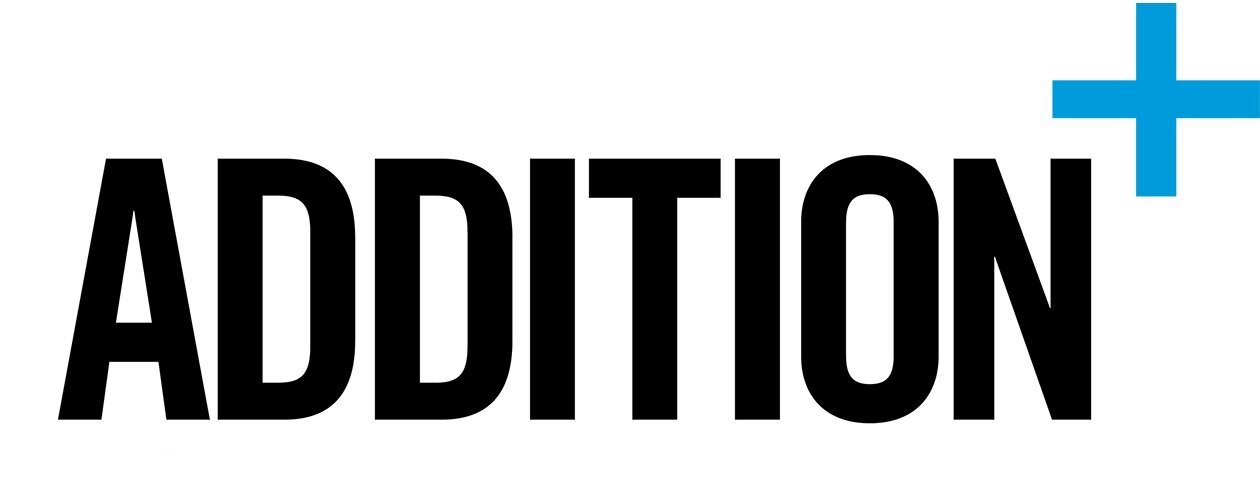Is the Price Right?
Back to business...what is the best way to price an influencer campaign? First, there is no right answer. The most common things that brands and agencies factor into the investment of an influencer campaign are size/scale of audience of the creator, demographic of the audience, engagement and to a lesser extent, name recognition of the influencer. In reading my industry newsletters this morning, I stumbled upon an opinion piece by James Nord in Advertising Age that I have excerpted below but you can link to the full article in the link I have provided. James Nord is co-founder and CEO of Fohr Card, an influencer marketing platform that connects brands and influencers.
CBS News' 60 Minutes recent segment "The Influencers" showcased social media's most recognizable personalities, such as Logan Paul, Andrew Bachelor and Amanda Cerny. These 20-something-year-old moguls have been able to build profitable empires, thanks to major deals with brand advertisers. For example, King Bach made a handful of six-second vine videos wearing sandwich maker Jimmy Johns' logo, and earned more than $300,000.
But the reality is that these six-figure deals and seven-figure incomes are rare, and only currently accessible to the digital "one-percent." What is the proper price to pay for influencer marketing? The truth is, determining the best price for influencer marketing campaigns eludes brand marketers.
Answering the question depends on a variety of factors well beyond an influencer's reach in followers. But first, brands need to establish crystal clear digital marketing goals (e.g., brand awareness, engagement, product sales), and determine to what extent they are committed to building relationships with individual influencers over time. These strategic objectives will drive initial planning decisions on whether to execute campaigns, based on short-term deals (say, $10,000 for five Instagram posts about a branded event at Fashion Week) or longer-term contracts that specify ongoing deliverables over the course of a year.
Once a brand is strategically aligned, there are several questions that digital and social media marketers should consider to determine whether an influencer's fees are commensurate with the value they bring to the table.
Who is the influencer's audience?
With social platforms, brands have much more colorful insights into audiences. On Twitter, Facebook, Instagram and others, brands can pinpoint more niche interests (e.g., artisanal beers or vintage clothing) just by searching image- and text-based content that an influencer's followers publish. The more niche and relevant the influencer's audience is to the brand, the more premium a fee an influencer can command.
What is the influencer's growth rate?
Brands often look at an influencer's following as a benchmark for pricing. But the better question is: what is the influencer's ongoing potential? Imagine a spirits brand deciding between two influencers to invite to an upcoming launch party. Both Rachel and Jane have 50,000 followers, and so on the surface they seem similar. But Rachel had 15,000 followers last year, and Jane had 40,000. Based on our experience, Rachel should confidently command a higher fee, and brands should be willing to reward it. Rachel continued to explore new creative concepts and formats, provide fresh content, and frequently engage with her followers.
What is the influencer's level of engagement?
Brands also need to gauge whether an influencer is more passive or active on the spectrum of social engagement. For example, how often does the influencer post? What kinds of brands does the influencer regularly mention? And how often does the influencer engage with his or her followers? Keep in mind, the value that influencer engagement carries for someone with a following of 10,000 versus 100,000 or 1 million significantly varies. By understanding an influencer's level of social activity, and most importantly, the motivations behind publishing content (e.g., a place to post cool stuff, or a platform to drive income), brands will be better equipped to gauge how a campaign will be received by consumers.
What impact does the influencer have on its followers?
Lastly, brands should be mindful of influencers' impact on their followers when evaluating how much an influencer is worth to a product-driven influencer marketing campaign. While some may still roll their eyes at some influencers' seemingly disproportionate paychecks, let's take this into context. Advertisers will spend $5 million dollars, not including production costs, for a 30-second Super Bowl ad to reach more than 100 million viewers -- who may or may not be aligned with the brand. A series of Instagram posts by a fashionista, which may cost up to $50,000 dollars all in, could sell out a whole line of clothing within 24 hours.
By diligently looking at these considerations when assessing a potential influencer, brands will be able to make smarter decisions about how to compensate their influencer marketing partners.
Peace and Love,
Tomato
This article originally appeared at: http://adage.com/article/digitalnext/price-influencer-marketing/306746/?utm_source=digital_email&utm_medium=newsletter&utm_campaign=adage&ttl=1480011583?utm_visit=1248469
